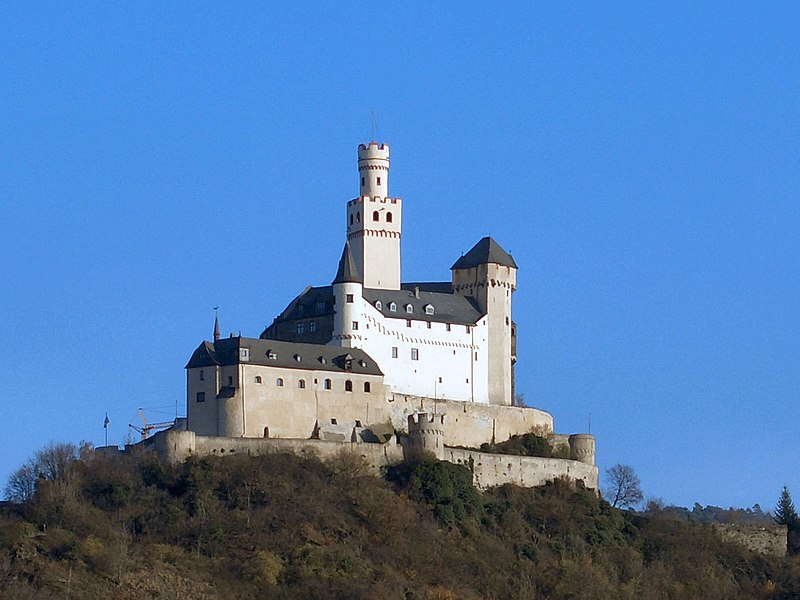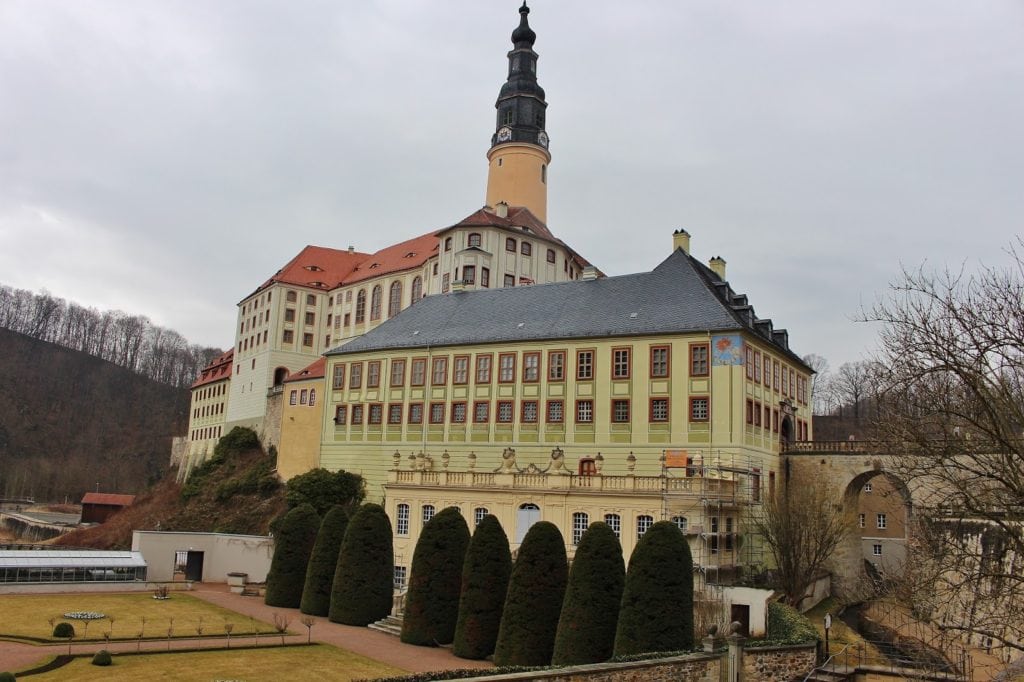Germany is a land of beauty and history. From the towering castles of the Middle Ages to the modern buildings that grace the country’s major cities, Germany has embraced the past but also looks forward to a prosperous future.
Germany has been at odds with many countries over the years due to its political system—it has been described as a “democracy without parties,” meaning that it does not have a single governing body that represents all citizens but rather allows individuals from various backgrounds to form political parties and participate in elections for parliament seats.
Germany’s castles are considered to be some of the most beautiful and well-preserved examples of medieval architecture in the world. These structures were built during a time when Germany was part of the Holy Roman Empire, which was made up of many different countries and regions.
Because of this, the architecture is unique to each country and region, but there are several commonalities across all of them. This article will show you nine of the most historic and oldest castles in Germany.
9. Hohenzollern Castle
Year Established: 1850
Location: 72379 Burg Hohenzollern
Still Standing: No

A larger and even more fortified version of the first Hohenzollern Castle was built early in 1454. The Castle was afterward transformed into a stronghold during the Thirty Years’ War, with a succession of proprietors. Beginning in the early 19th century, the structure began to deteriorate and fall into disrepair due to a lack of upkeep.
King Frederick William IV of Prussia erected the last castle between 1850 and 1867. The castle was fashioned after Gothic Revival-style buildings found in France and England. The former Crown Prince Wilhelm of Germany, the son of the country’s last king, Kaiser Wilhelm II, spent a brief period of time living at Hohenzollern Castle in 1945.
Did You Know?
On the Hohenzollern site, three castles were in reality constructed. The first was constructed in the first decade of the 11th century, but following a ten-month siege in 1423, this castle was completely destroyed.
8. Lichtenstein Castle
Year Established: 1840
Location: Schloss Lichtenstein 1, 72805 Lichtenstein
Still Standing: Yes

The reputable and noble family known as the Lords of Lichtenstein possessed a large portion of the land and had control over significant resources in the area around the beginning of the 12th century. The modest fortification that served as their ancestral home was situated right above the present-day castle, on the escarpment above the river’s source.
Unfortunately, the residents of the Free Imperial City of Reutlingen were constantly attacking their citadel (rumors say that the Lords were not friendly with the people that lived in the nearby city). Both in 1311 and 1377, during a civil war, the old fortress was completely demolished.
The castle was renovated to its current state after 1980. The second floor and other priceless historical artifacts were repaired in 1980 after the tower and exterior walls. In 2002, the roof and upper levels were restored. Local nonprofit organizations like the Wüstenrot Foundation and the Community Fund for the Preservation of Lichtenstein Castle provided significant support for these initiatives.
Did You Know?
The picturesque Lichtenstein Castle, popularly referred to as the “fairy-tale castle of Württemberg,” was constructed by Count Wilhelm of Württemberg as a tribute to the Middle Ages.
7. Marksburg Castle
Year Established: 1231
Location: 56338 Braubach
Still Standing: Yes

The Gothic portion of Marksburg Castle was constructed by the Counts of Katzenelnbogen, giving it its remarkable shape. The castle came under the control of the Duchy of Nassau in 1803 after the collapse of the ancient German empire. Our castle was only used as a state prison and a residence for injured troops during this time.
Prussia seized control of the castle as a result of the Austro-Prussian War of 1866. Although it was now being used as apartments, the management did not appear to be doing much to prevent it from falling into disrepair. The German Castles Association, whose major duty is to conserve and preserve castles and stately homes, now has its offices and main headquarters at this castle.
Did You Know?
The only intact hilltop castle in the Middle Rhine Valley is Marksburg. The Noble Freemen of Brubach are mentioned in records from the early 12th century.
6. Heidelberg Castle
Year Established: 1214
Location: Schlosshof 1, 69117 Heidelberg
Still Standing: No

The history of the castle is virtually as old as that of the city. Although the castle’s initial phases were built around 1300, it wasn’t until Prince Elector Ruprecht III (1398–1410) that it was used as a royal palace. The castle served as the majority of the Prince Electors’ homes until it was completely devastated by lightning in 1764, rendering it permanently unusable.
The restoration of the castle was a topic of intense debate for a very long period. Others wished to totally restore it to its former splendor, while others merely wanted to make small repairs.
In the end, it was decided to just restore the Friedrich building, which had suffered fire damage but had not been completely destroyed. These renovations, which cost a staggering 520,000 marks, were finished by Karl Schäfer between 1897 and 1900.
Did You Know?
The most famous ruin in the entire world is certainly Heidelberg Palace. On the sloping northern side of the Königstuhl hill, high above the valley floor, is this palace ruin made of red Neckar Valley sandstone. It is encircled by a lush forest. Views of the old town of Heidelberg are dominated by its silhouette.
5. Weesenstein Castle
Year Established: 1200
Location: 01809 Müglitztal
Still Standing: Yes

The Weesenstein fortress was constructed nearby sometime before 1200 with the intention of protecting the Bohemian Kingdom’s boundary; it was first recorded in writing in 1318. The central round tower of the castle, which dates back to roughly 1300, is the oldest component still visible today.
It took centuries of construction and reconstruction to create the ensemble that is currently visible. Thus, the castle is a fusion of various architectural styles, from Gothic to Classical. The Schloss is perched on a rocky outcrop and has levels that drop from its central, medieval round tower.
The main doorway, constructed in 1575, is regarded as one of Saxony’s most valuable Renaissance gates (with its 18th-century spire). The castle has a total of eight stories.
Did You Know?
The castle has approximately 200 rooms or so to make up the entire castle. Johann George Schmidt is assumed to have created the Baroque chapel, which has been dubbed the “architectural and artistic showpiece of the entire castle.”
4. Schwerin Castle
Year Established: 1160
Location: Lennéstraße 1, 19053 Schwerin
Still Standing: Yes

On the castle island, where Schwerin Castle today sits, there have previously been a number of ancient fortifications. Archaeologists are certain that there have been people living in the area for thousands of years, although the earliest traces date back to 942.
When the Grand Duke abdicated during the 1918 revolution, almost a third of the palace had been destroyed in a fire in 1913, and repair was still underway. After the German state took control of the castle in 1918, it underwent yet another round of renovations.
The municipal administration now has its offices at Schwerin Castle, which also houses an art gallery with works from antiquity to the modern century. The seventeenth-century Dutch and Flemish paintings in Schwerin’s museum are among its most significant items.
Did You Know?
After serving as a museum, Schwerin Castle was transformed into the state legislature’s office in 1948, followed by a college for kindergarten teachers from 1952 to 1981.
3. Nuremberg Castle
Year Established: 1120
Location: Burg 17, 90403 Nürnberg
Still Standing: Yes

Nuremberg quickly grew into a significant transit, commerce, and export city, as well as a financial marketplace, thanks to its close ties to the monarchy and location at the intersection of key routes. Emperor Friedrich II‘s 1219 Letter of Freedom expanded the city’s civic autonomy and largely exempted it from the control of burghers.
When Ludwig VII of Bavaria-Ingolstadt assaulted and destroyed Burgrave’s Castle in 1420, the citizens of Nuremberg were likely also involved. The remnants of the Burgrave’s Castle were purchased by the city in 1427 from Burgrave Friedrich VI, who assumed the new role of Elector of Brandenburg. From that point forward, the city controlled the entire castle complex.
Did You Know?
The capital of the empire from the time of the itinerant kingships until the Thirty Years’ War was Nuremberg, which was a very popular residence for the monarchs.
2. Burg Altena
Year Established: 1108
Location: Fritz-Thomee-Straße 80, 58762 Altena
Still Standing: Yes

Adolf and Everhard von Berg built the beautiful castle of Altena on a mountainside; they were known as the Counts of Altena for the region surrounding their primary house. A family branch combined the estates of the Counts of Berg-Altena and the Counts of the Marks around 1198.
After that, even though Mark Castle was their main residence, it was utilized as a castle by the Nobles of Mark and their family in the 12th century to provide protection for the iron exchange.
From 1392 on, Altena served as the residence for the local bailiff, who was formerly known as the Amtmann.
In addition to housing a World Youth Hostel Museum on its grounds, Altena Castle still offers young folks affordable lodging in a historic castle, making it a signpost to Schirrmann’s mission.
Did You Know?
Due to its status as the first permanent youth hostel in the world, Altena Castle gained renown on a global scale.
1. Cochem Castle
Year Established: 1000s
Location: Schloßstraße 36, 56812 Cochem
Still Standing: Yes

The palatinate count Ezzo, the son and successor of the palatinate count Hermann Pusilius, is widely thought to have constructed Cochem Castle about the year 1000, which is considered the oldest castle located in Germany.
The army of the French Sun King virtually destroyed Cochem. The castle was abandoned until 1868, when Mr. Louis Ravené, a businessman from Berlin, bought the property and the ruins. Shortly after making the purchase, he started to reconstruct Cochem Castle, incorporating the ruins of the late Gothic buildings into the main castle structure.
The Ravené family painstakingly acquired Renaissance and Baroque furniture, which is still present in the castle today. Cochem Castle, located on a spectacular hill more than 100 meters above the river Moselle, is a well-liked tourist destination. The town of Cochem has owned and operated the castle since 1978.
Did You Know?
During the Nazi era, in 1942, Ravené was compelled to sell the family castle to the Prussian Ministry of Justice, who converted it into a Nazi-run law school.











